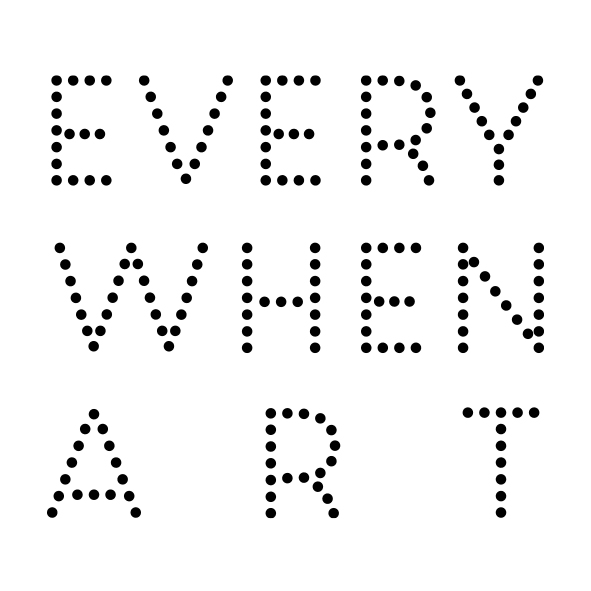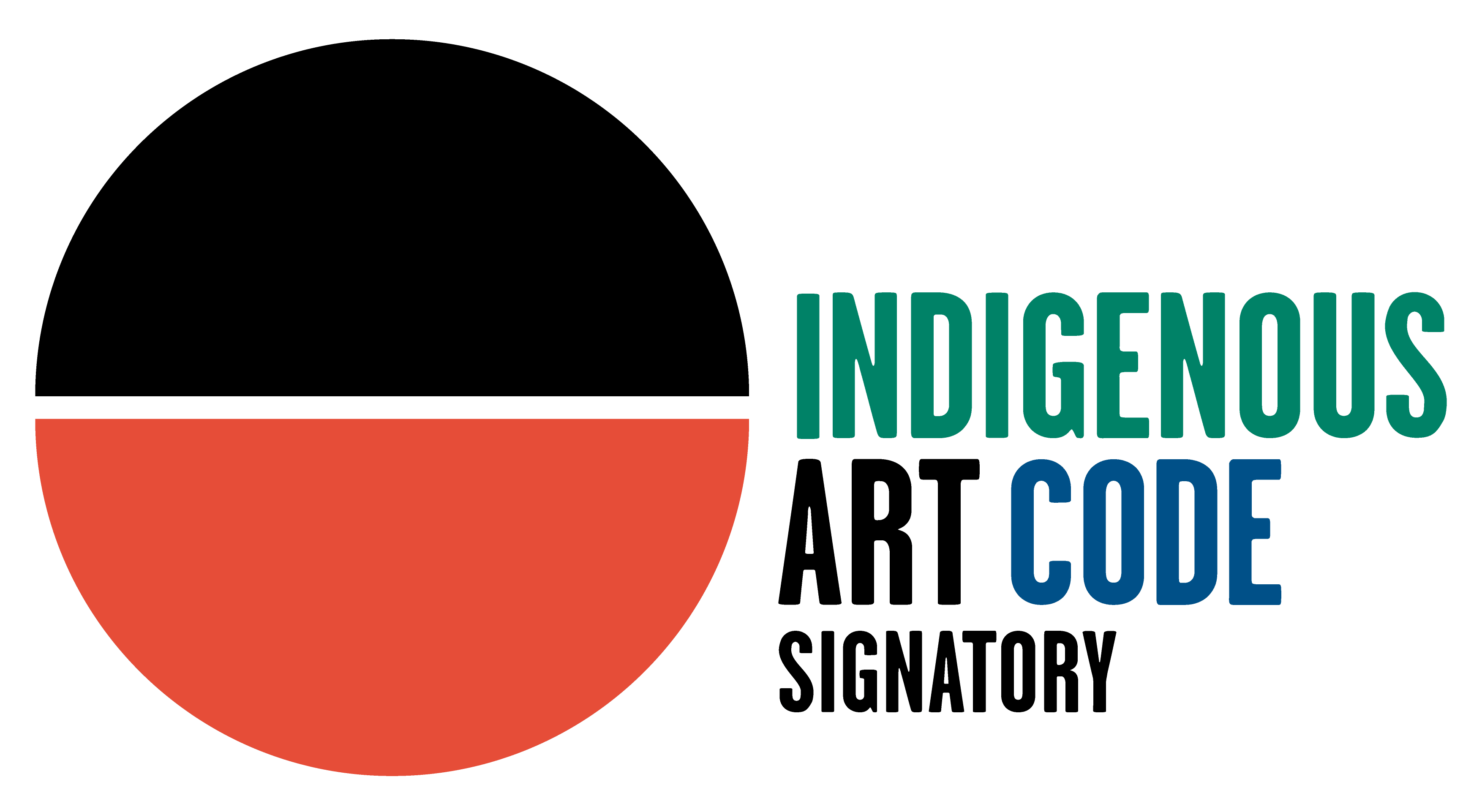Njoŋu Ganambarr
36 1/4 x 6 1/4 x 4 in
Gomulu is the egret, totemic to several of the Yirritja clan groups. The actions of gomulu during ancestral times are sung by various Yirritja clans in shared manikay (sacred and ritual song). These songs usually refer to the movement of the tides.
This work identifies the reservoirs of the Ŋaymil/Datiwuy clan. Ŋalkan is an area on Ŋaymil land and sea between the Gurrumuru and Cato Rivers that run into the Arnhem Bay. Within this area is another watercourse that leads up into a sacred area of a freshwater spring or Milŋurr with special qualities called Darrawuy. Here Djanda the sacred goanna swim in the lagoon created by the spring, their actions as they swim causing patterns to be made on the surface that is covered by the totemic water weed Darra. The sacred clan design is a manifestation of these patterns created at Darrawuy lagoon.
Others inhabit these waters. Warrukay or Murrukula the Barracuda, the power totem for the Ŋaymil. It spends most of its time in the salt waters. At certain times Warrukay will make its way up to Darrawuy bringing the ‘contamination’ of saltwater (the mother) with it. The mixing of this saltwater with the fresh has connotations of fertility. Darrawuy is a place of fertility. Souls of Ŋaymil are both delivered to and from this point between worlds real and spiritual. As the sacred songs used in mortuary are cyclic, narrating the Ancestral Events of the original Creator Beings, so is the journey of the Yolŋu soul.
This carving is made from renewable wood Maḻwan (Hibiscus Tiliaceus) which is usually harvested from the tree in the dry season. The first activity is to enter the monsoon vine thicket and cut the wood and carry it back to the vehicle. Often a long hike through prickly vines and scrub. The wood is skinned and left to dry for a short period. It is then shaped by knife or axe. After the surface is sanded smooth a base layer of paint goes down.
The paints used are earth pigments. The red (Meku), yellow (Gaŋgul) and black (Gurrŋan) are provided by rubbing rocks of these colours against a grinding stone and then adding water and PVA glue in small quantities. Traditionally, a plant resin would have been used as a fixative instead. A new batch of paint is prepared or renewed every few minutes as it dries or is used up.
After an outline of the composition is laid down the Marwat or crosshatching commences. This is applied using a brush made of a few strands of straight human hair usually from a young woman or girl. The artist charges the Marwat (brush) with the paint and then paints away from themselves in a straight line. Each stroke requires a fresh infusion of pigment. The last layer to be applied is almost always the white clay (Gapan) which is made from kaolin harvested from special sites. This also has water and glue added after being crushed into a fine powder.


